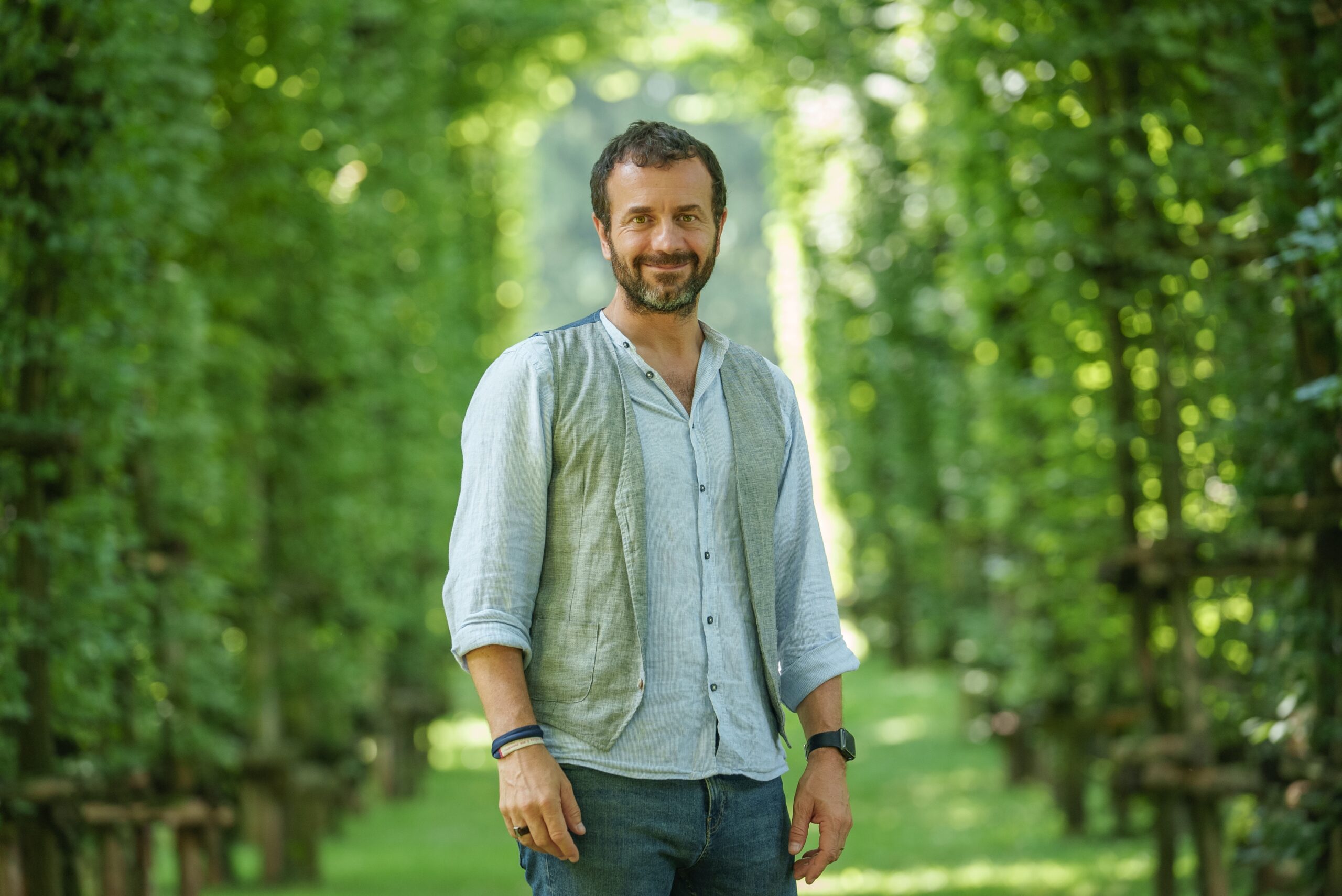
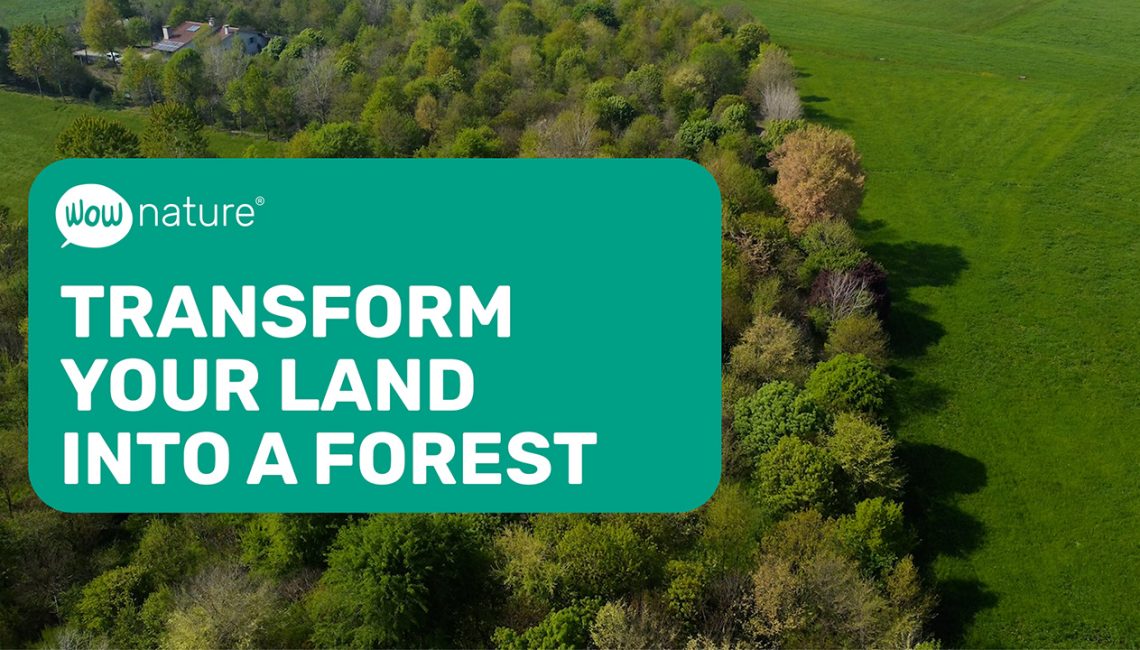
How to turn your land into a forest
Why turn land into a forest?
There are many reasons, both environmental and social, for turning land into a forest:
– CO₂ absorption: growing trees capture carbon dioxide, contributing to climate change mitigation.
– Increased biodiversity: new habitats are created for insects, birds, small mammals and wild plants.
– Regulation of the water cycle: a forest improves water infiltration, prevents surface erosion and protects underground reserves.
– Combating heat islands: the presence of trees significantly reduces temperatures, especially in urban areas.
– Soil regeneration: roots, leaves and the presence of fungi enrich soil structure and fertility.
– Enhancement of the landscape and communities: forests contribute to the aesthetic and functional recovery of the territory, also offering benefits on a social and educational level.
A concrete example: from cornfield to Bosco Limite
In the province of Padua, in 2013, thanks to the owner’s vision and the support of citizens and companies, over 2,300 trees were planted, converting a simple maize field. Thus was born Bosco Limite, a multifunctional forest, designed to evolve over time and guarantee lasting environmental benefits.
It is now a multifunctional forest: in fact, this forest hosts a kindergarten in the woods, educational trails, and, thanks to a system of channels, has the capacity to recharge the aquifer with more than 1 million m³ of water per year. In addition, it has increased the biodiversity of the area, with more than 20 species of animals sighted.
How does reforestation work?
The starting point is an analysis of the land’s potential and the property’s objectives.
After the report via the dedicated page, a structured process is started that includes several operational steps:
1. Initial study
Technical inspection to observe the context, collect data and assess ecological and management feasibility.
2. Collaboration agreement
If the area is suitable, an agreement is formalised between WOWnature and the property, whether public or private.
3. Technical planning
A forestry doctor draws up a tailor-made project, defining tree species, planting density and specific objectives based on climate, soil and spatial context.
4. Project implementation
Planting is carried out by specialised operational teams or local cooperatives.
5. Maintenance
In the first few years, care is ensured: irrigation, mowing, phytosanitary checks and monitoring, which are essential for the correct development of the forest.
6. Community involvement
The project may be open to support from citizens and businesses, through the adoption of trees and participation in planting events.
How to turn your land into a forest
Find out more in our video. Creating a new forest is not just about planting trees: it is a way to regenerate an area, improve biodiversity and contribute to the fight against the climate crisis.
In our YouTube video, together with our Chiara and Gian Marco Mapelli, known as Amico delle Piante, we tell you why we transform land and how we do it.
Want to find out more?
Creating a new forest means transforming a piece of land into an area that brings concrete and lasting benefits to the environment and the community.
If you are considering enhancing your land in a sustainable way, visit our Create a new forest section and fill in the form.
A tailor-made project could be the first step to breathe new life into your land.
SHARE
Other posts


Update from Lio Piccolo | April 2025
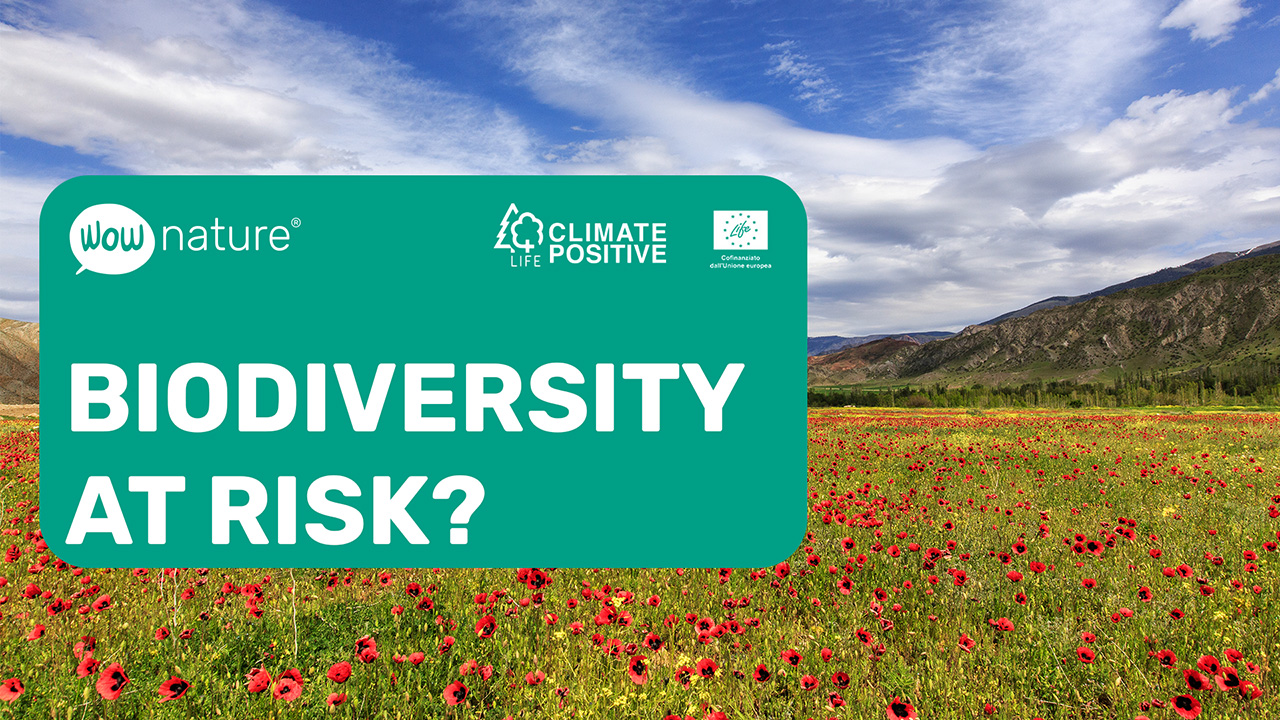
Biodiversity at risk and sixth mass extinction?
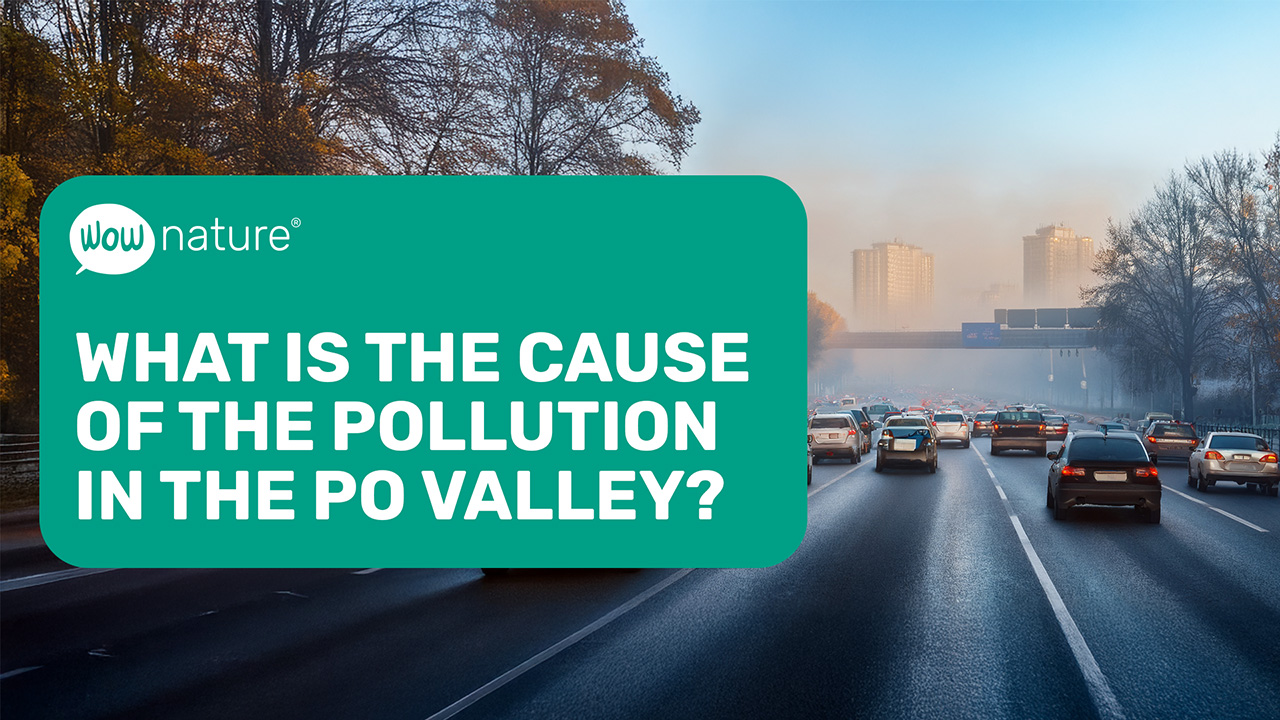
What is the reason for the pollution of the Po Valley?
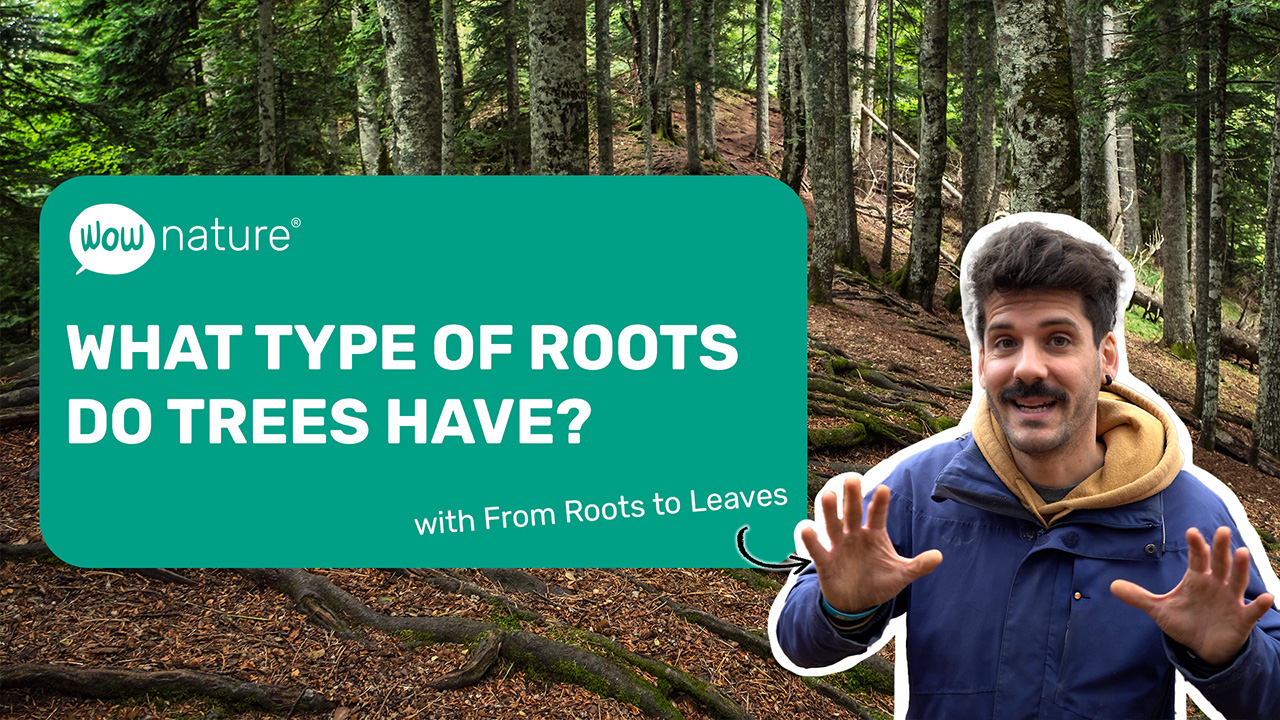
What type of roots do trees have?



